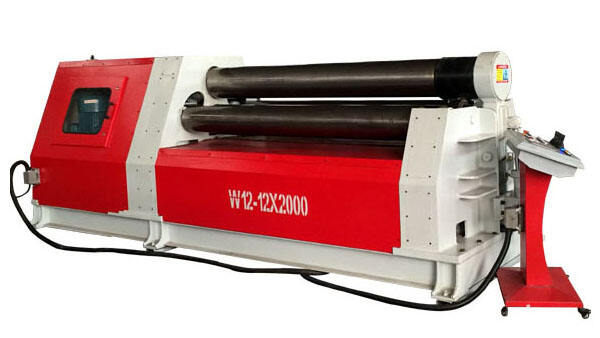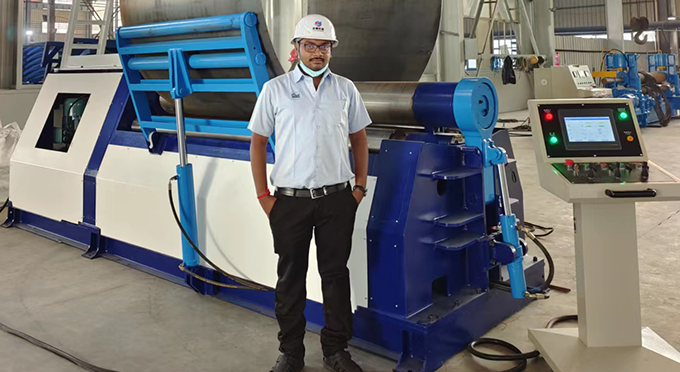Unmatched Precision and Accuracy in Every Cut
How Laser Cutting Achieves Superior Precision and Accuracy
Modern laser cutting machines use a focused beam of light as narrow as 25 microns—thinner than a human hair—to consistently achieve ±0.001" tolerances (2024 Laser Technology Review). Unlike mechanical blades or punches, this non-contact process eliminates tool wear, ensuring repeatable accuracy even at production speeds exceeding 1,000 cuts per hour.
The Role of Minimal Heat-Affected Zone (HAZ) in High-Tolerance Projects
Fiber lasers concentrate energy with high spatial control, reducing the heat-affected zone by 60–80% compared to plasma cutting (2023 Material Science Journal). This precision prevents warping in sensitive applications such as medical devices, where distortions as small as 0.002" can compromise functionality.
Case Study: Aerospace Component Manufacturing With Tight Tolerances
A 2024 benchmark of 12 aerospace suppliers found that laser-cut turbine blade slots maintained ±0.005" positional accuracy across 10,000 units—30% tighter than waterjet methods. This level of consistency reduced post-processing labor by 22 hours per machine each month (Aerospace Manufacturing Report).
Comparison With Traditional Cutting Methods in Edge Quality
| Method | Edge Roughness (Ra) | Tolerance Consistency |
|---|---|---|
| Laser Cutting | 0.8–1.6 µm | ±0.001" |
| Plasma | 3.2–6.3 µm | ±0.015" |
| Waterjet | 1.6–3.2 µm | ±0.005" |
Data: 2023 Fabrication Benchmark Report
Laser systems produce clean, oxidation-free edges that meet MIL-STD-752D standards for defense components without requiring secondary grinding—a distinct advantage over thermal cutting techniques.
High-Speed Production Efficiency for Modern Manufacturing
Speed and Efficiency in Production Enabled by Laser Cutting Machine Automation
Automated laser cutting systems eliminate manual tool changes and positioning errors through integrated robotics and adaptive controls. These features reduce idle time between jobs by 40–60%, according to a 2025 manufacturing efficiency study. As a result, facilities achieve 92–98% operational uptime, far surpassing traditional mechanical stations.
Data Point: 30–50% Faster Cycle Times Compared to Mechanical Cutting
Laser cutting with photons gets rid of those pesky physical contact issues, which means it can cut through materials about 30 to 50 percent quicker compared to old school methods like sawing or punching. When dealing with complicated shapes, lasers finish everything in one go instead of needing several different tools for each part. Take stainless steel panels as an example they used to take around 18 whole minutes to complete, but now it's down to just over six and a half minutes. And when looking at bulk production numbers, laser systems typically handle between 120 and 150 individual pieces every hour. That beats what traditional equipment manages, which is usually somewhere between 80 and 100 units in the same timeframe. The difference really adds up when talking about large scale manufacturing operations.
Integration with CNC Systems for Continuous, Unattended Operation
Advanced laser cutters sync with CNC platforms to enable autonomous 24/7 operations. Real-time monitoring adjusts power and focal points dynamically while maintaining ±0.005" tolerance over 8-hour unmanned shifts.
Versatility Across a Range of Materials and Applications
Processing diverse materials: metals, plastics, ceramics, and composites
Laser cutting works with all materials, from various metals and plastics to more complex substances like ceramics and composites. The lasers can cut super small, even as thin as a hair at 0.1 mm. This versatility means manufacturers don't have to switch tools when they change materials, which speeds up the process.
Flexibility in Design: Combining Cutting, Engraving, and Marking
Modern systems integrate cutting, engraving, and marking in one workflow. Operators can switch between 20W and 1.5m/min power settings mid-job. This multifunctionality reduces production steps by 40%, aligning with findings from a 2023 manufacturing survey.
Adaptability Across Industries—From Jewelry to Heavy Machinery
Each 1% reduction in metal scrap could save significant costs over time. The adaptability of laser cutters is evident across industries: from crafting delicate jewelry to machining robust shipbuilding steel plates.
Lower Maintenance Costs and Enhanced Operational Efficiency with Laser Cutting
Laser cutting machines offer long-term cost savings by minimizing maintenance needs and downtime. Their non-contact nature eliminates tool wear and tear, making blades and dies obsolete.
Fiber vs. CO2 Lasers: Long-Term Maintenance and Operational Savings
Fiber lasers dominate modern fabrication due to low maintenance needs and extended lifespan, offering better ROI even for high-volume conditions.
Predictive Maintenance Integration in Modern Operations
Integration with AI-driven predictive maintenance systems ensures real-time monitoring, prolonging machine life and reducing downtime by enabling maintenance during natural production breaks.
Frequently Asked Questions (FAQ)
What makes laser cutting machines achieve high precision?
Modern laser cutting machines use a focused beam of light as narrow as 25 microns to achieve tolerances as precise as ±0.001 inches consistently.
How do laser cutting machines maintain efficiency in production?
They employ automation features like integrated robotics and adaptive controls, significantly reducing idle time and allowing for 24/7 operations with high energy efficiency.
What types of materials can be processed with laser cutting?
Laser cutting machines can process a range of materials, from metals and plastics to ceramics and composites, without the need to swap tools.
How do laser cutting machines benefit industrial applications?
Laser systems provide superior edge quality, consistent tolerance, high-speed processing, automation compatibility, and lower maintenance costs, making them ideal for various industries, from aerospace to consumer electronics.




